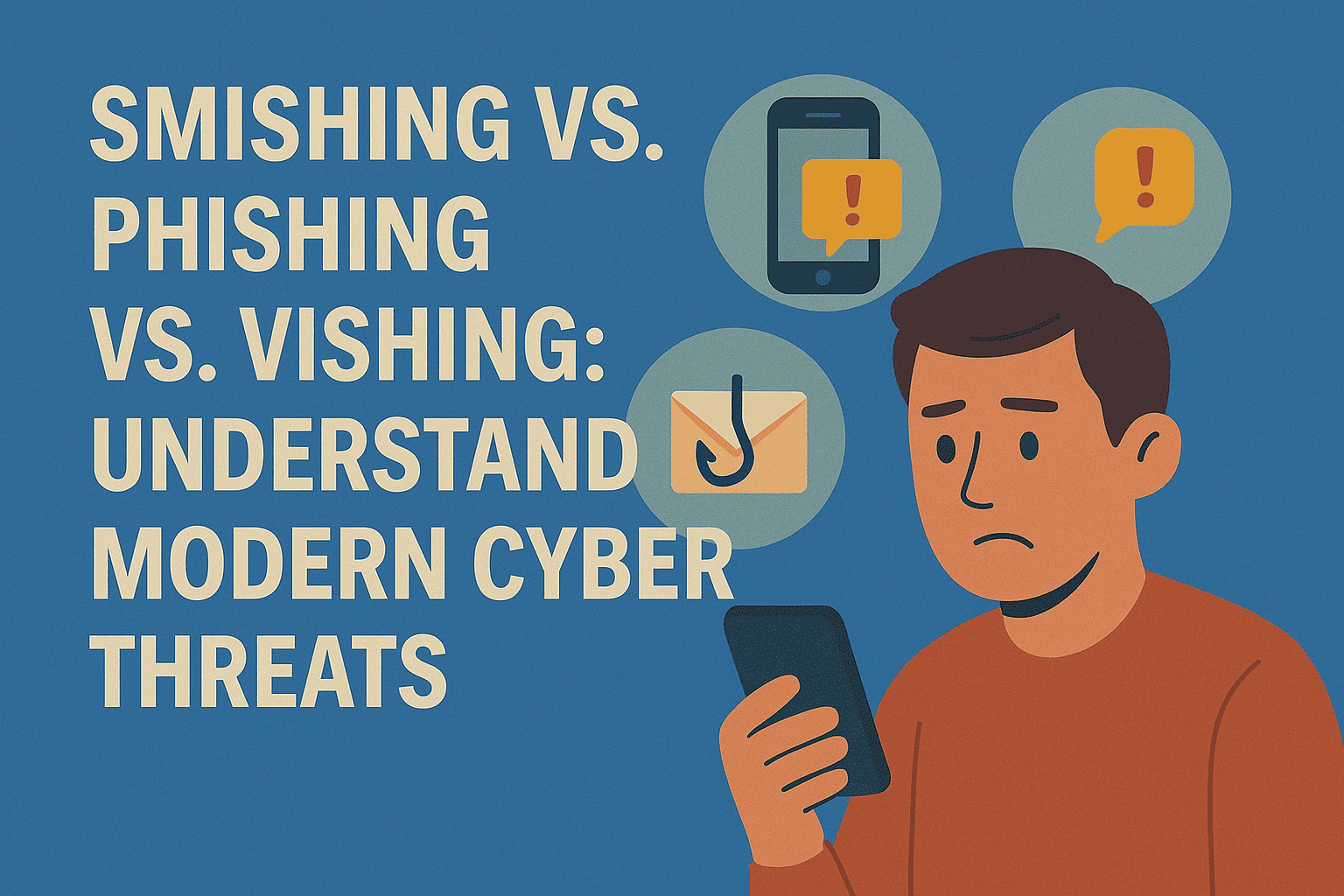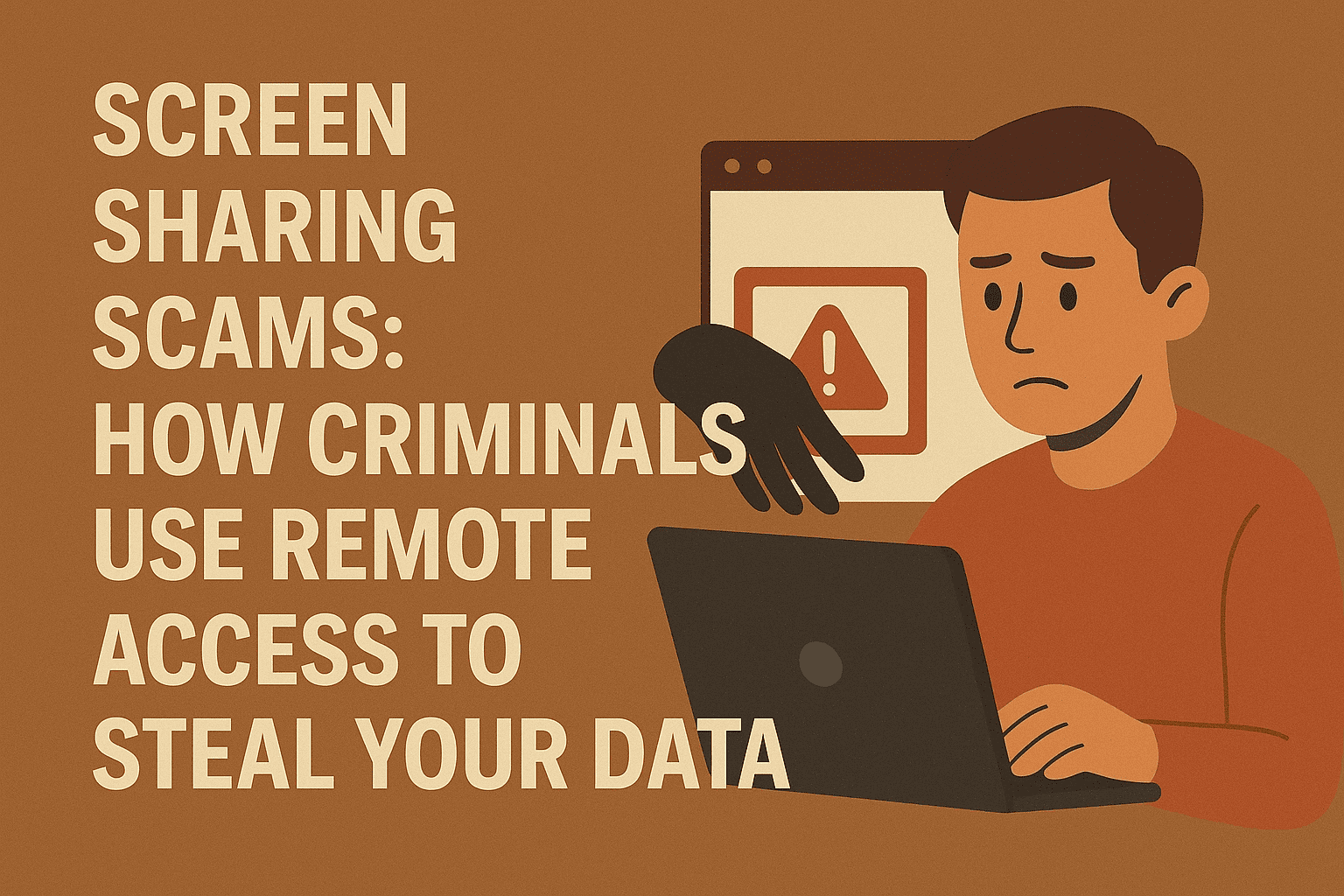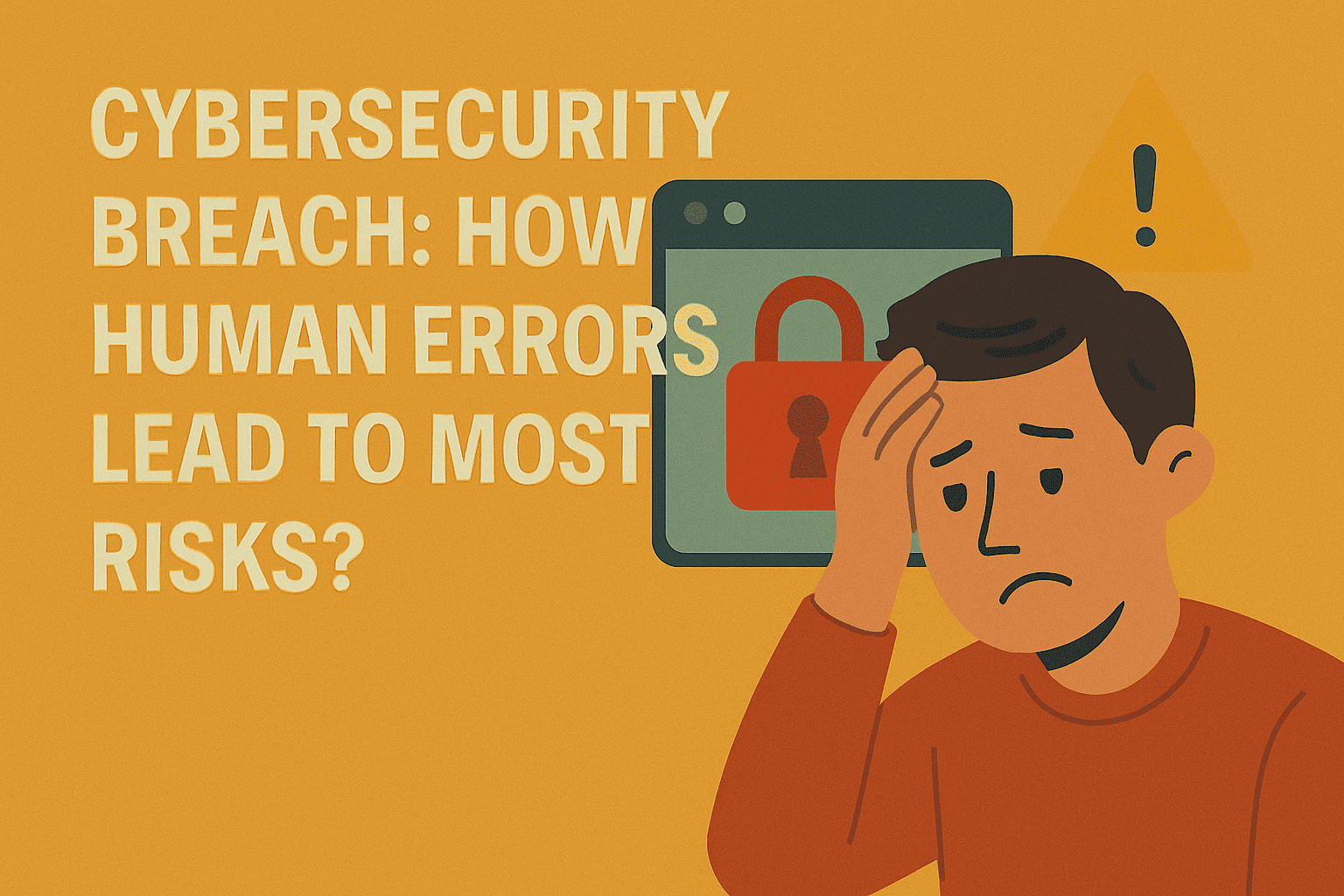The Rise of AI-Powered Phishing Attacks — Are You Ready?
Cybercriminals are using artificial intelligence to launch smarter, faster, and harder-to-detect scams. Here’s how to fight back.
Artificial intelligence is changing the cybersecurity battlefield — and not just for defenders. Cybercriminals are harnessing AI to launch sophisticated phishing campaigns, create shape-shifting malware, and scan networks for vulnerabilities at unprecedented speed.
How AI is Powering Cybercrime
-
AI-Generated Phishing: Gone are the days of typo-ridden scam emails. Attackers now use AI tools to create flawless, personalized messages that look like they’re from trusted sources. In 2023, an AI-driven campaign tricked employees at a multinational bank by mimicking internal HR communications — leading to a serious data breach.
-
Polymorphic Malware: AI-powered malicious software can alter its code every time it spreads, evading signature-based antivirus tools. The ransomware strain BlackMamba used this tactic to stay undetected and cause widespread disruption.
-
Automated Exploitation: AI-driven bots like Dark Nexus can scan thousands of systems in real time, identify weak spots, and launch attacks — all without human intervention.
Defending Against AI-Driven Threats
-
Leverage AI for Defense: Modern AI-based tools can spot unusual account activity, detect anomalies, and instantly respond by isolating infected systems.
-
Stronger Authentication: Multi-factor authentication (MFA) and Zero Trust principles can make it harder for attackers to breach accounts.
-
AI-Aware Training: Employees need to recognize deepfake voice calls, AI-generated phishing emails, and other advanced social engineering tricks.
The Bottom Line
AI-powered cyberattacks are no longer science fiction — they’re here now. The organizations that survive will be the ones using AI to fight AI, strengthening defenses, and training their people to spot the signs. Cybersecurity isn’t about reacting anymore — it’s about staying ahead.











